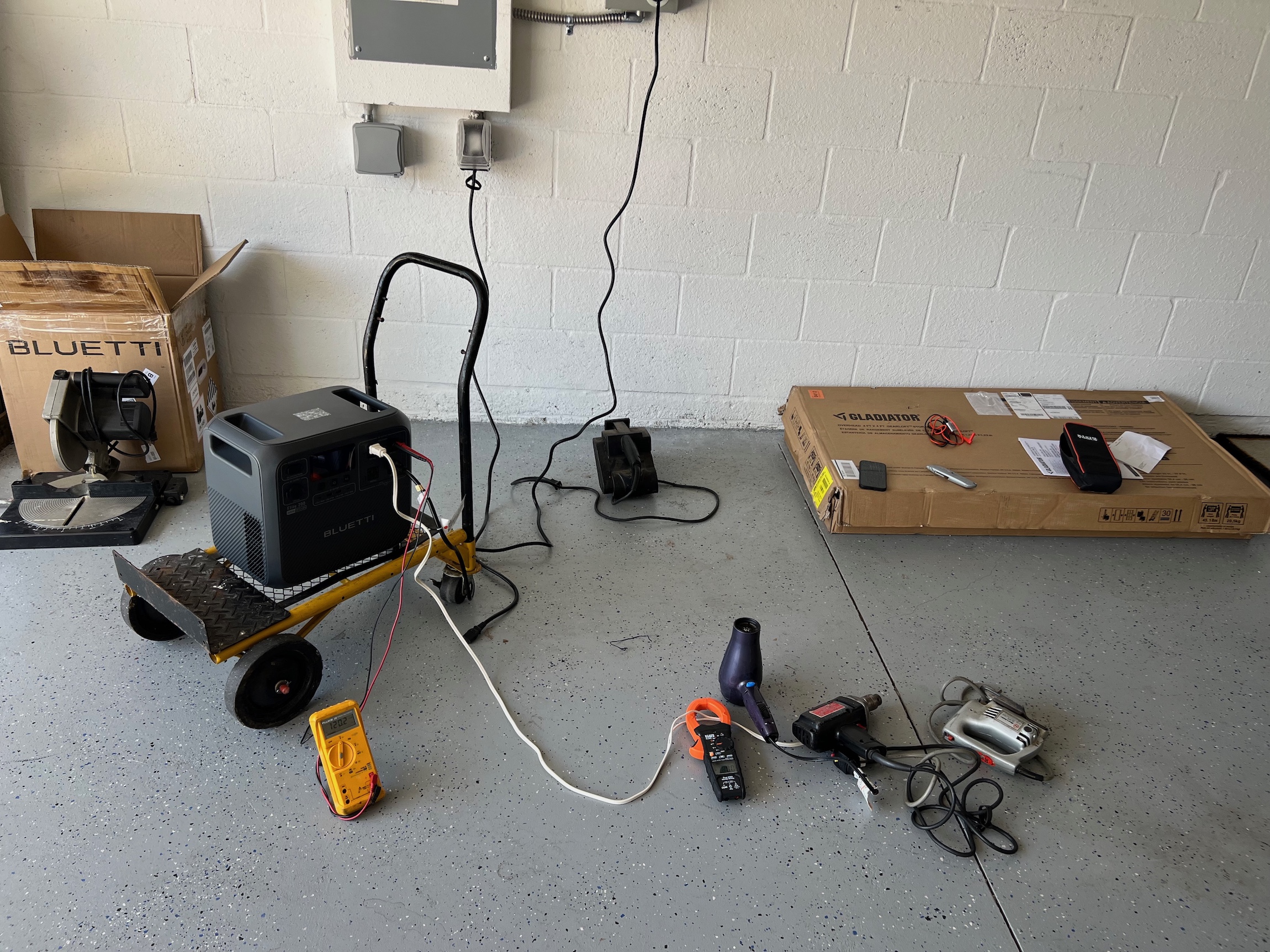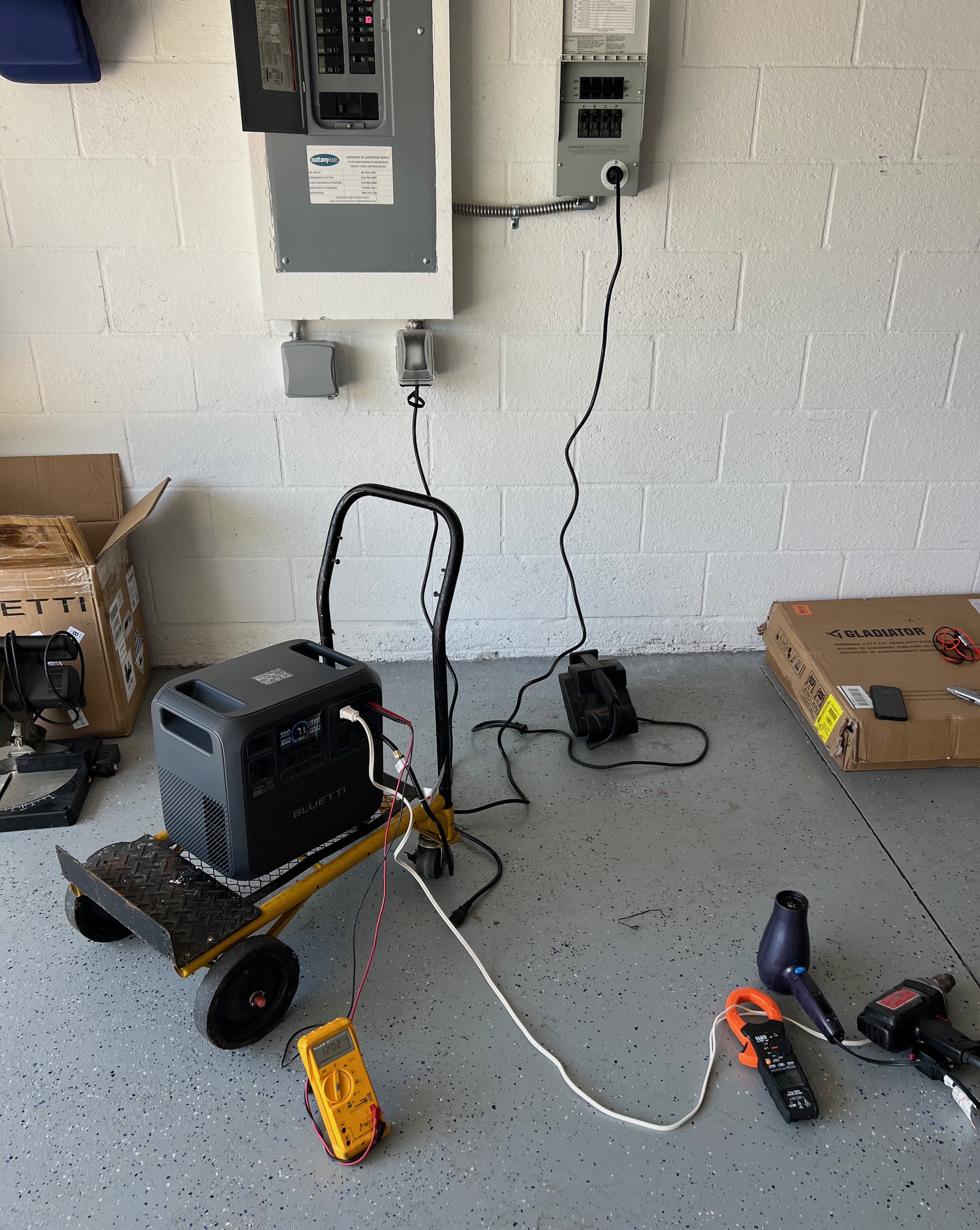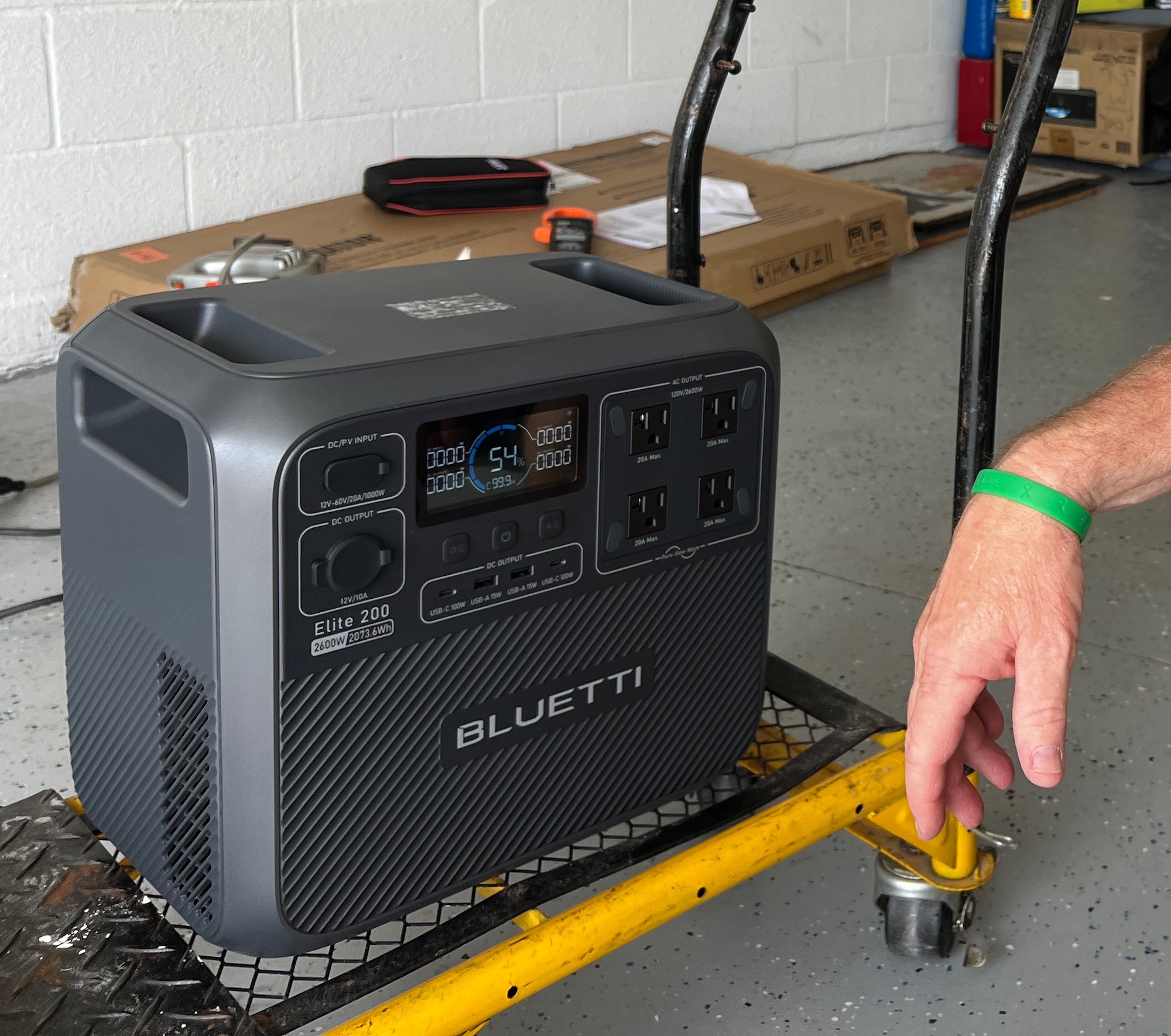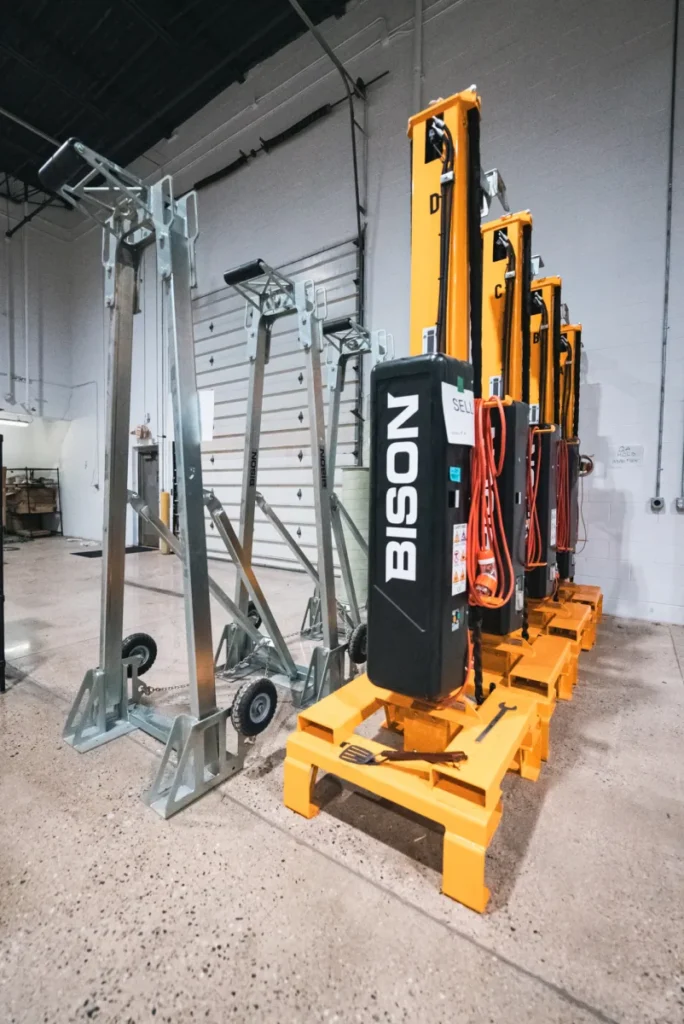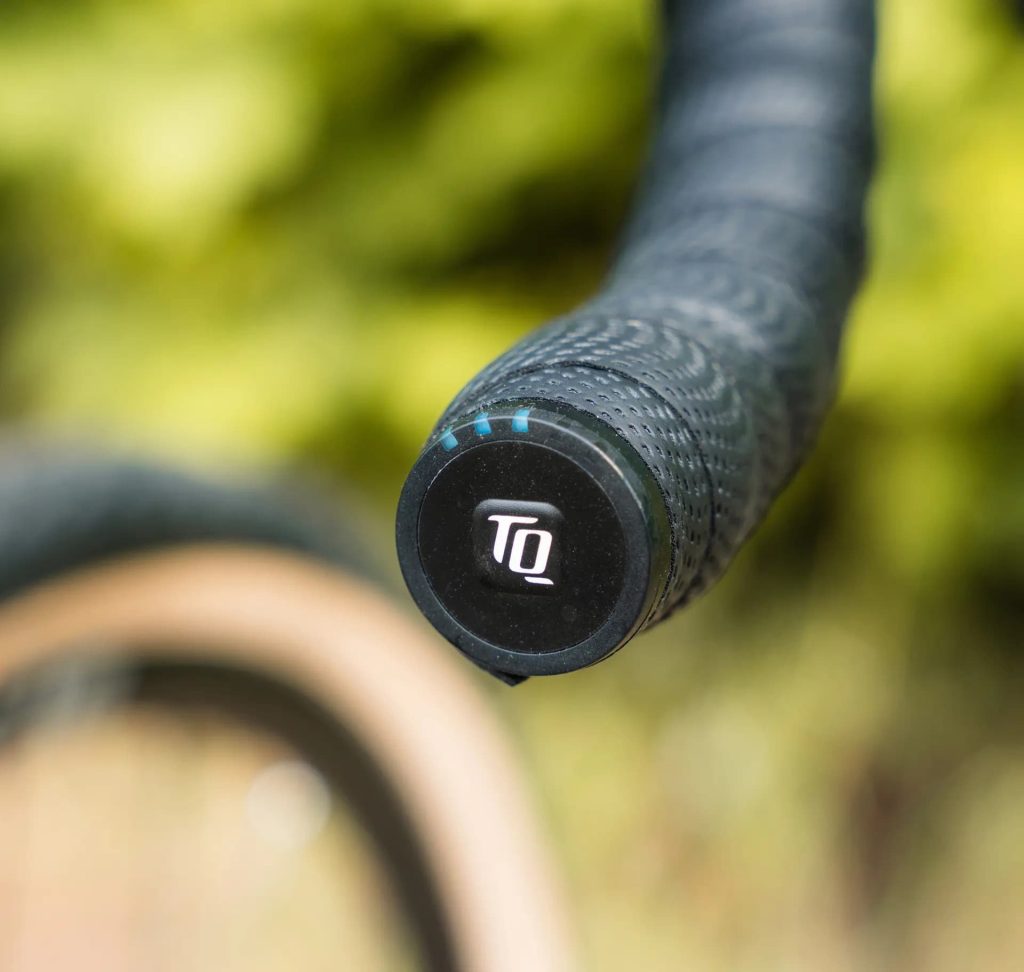
- General Motors and LG Energy Solution will manufacture low-cost lithium-iron phosphate (LFP) batteries in the U.S.
- The automaker will convert part of its Spring Hill, Tennessee, manufacturing plant to incorporate LFP battery assembly.
- The next-generation Chevy Bolt EV and one trim of the Silverado EV will be powered by LFP batteries.
General Motors’ electric vehicle plans are already paying dividends. With a dozen models across multiple segments, the automaker is breaking sales records and chipping away at Tesla’s market share. And despite the expiration of federal tax credits and a generally hostile regulatory environment for EVs, GM isn’t letting off the throttle.
GM said on Monday that it will upgrade its Spring Hill, Tennessee, factory to incorporate the local production of low-cost lithium-iron phosphate (LFP) batteries for its EVs. The Spring Hill battery factory is owned by Ultium Cells, a joint venture between GM and Korean battery giant LG Energy Solution, which is also the main battery supplier for several major car companies in the U.S., including Hyundai, Kia, Toyota and Rivian, among others.
Across the industry, lower-cost LFP batteries are seen as key to more affordable EV options. The largest single cost on any EV is its battery, and lowering those costs should bring car prices down as well.
Photo by: General Motors
LFP is a low-cost alternative to nickel-manganese-cobalt (NMC) cells, which are both expensive and leave a considerable environmental impact in their production. While they generally offer lower energy density, LFP cells are safer, more durable and increasingly competitive on range, especially in China, where they now power over 80% of the country’s EVs.
GM has confirmed that both the Chevy Silverado EV and the next-generation Chevy Bolt EV will use LFP batteries. However, it didn’t comment on whether the packs for those vehicles will be produced at Spring Hill. The new Bolt EV is expected to enter production later this year and reach customers in early 2026—about two years before local LFP production begins. GM also said the LFP-powered Silverado EV will offer around 350 miles of range and cut $6,000 in costs.
The conversion of the battery assembly lines will begin by the end of this year and production will start by the end of 2027. GM is targeting “significant cost savings” on the pack level with LFP batteries compared to today’s lithium-ion packs with high-nickel chemistries.

2026 Chevrolet Bolt EUV Rendering Front
Though LFP cells were originally developed in the U.S. at the University of Texas at Austin, they were commercialized and scaled rapidly in China. Chinese battery makers such as BYD and CATL have since led in refining and advancing the technology. Korean firms like LGES were comparatively slower to adopt LFP but are now trying to catch up.
The chemistry is also undergoing a renaissance in the U.S. Ford plans to produce LFP cells at its BlueOval Battery Park Michigan, for future low-cost EVs and Tesla recently expanded its LFP facility in Sparks, Nevada, for energy storage applications.
For now, the GM-LGES joint venture is the largest producer of battery cells in North America, outpacing even Tesla. GM is also investing in next-generation chemistries, including lithium-manganese-rich (LMR) batteries for full-size trucks and SUVs, which are expected to enter production by early 2028. The automaker is also working on silicon anodes and exploring solid-state technologies in its R&D labs.
The Spring Hill factory builds both GM’s gas cars and EVs under one roof. It also has a battery assembly line and manufactures the Cadillac Lyriq, Vistiq and the Acura ZDX.
Correction: This article erroneously said that the Honda Prologue is made at Spring Hill. It’s made at GM’s Ramos Arizpe plant in Mexico. We regret the error.
Have a tip? Contact the author: suvrat.kothari@insideevs.com

Source link by Battery Tech – News and Trends | InsideEVs
Author
#General #Motors #AllIn #Affordable #LFP #Batteries




